According to data from Russia's central bank, the country's businesses could lose billions of dollars due to payment problems with foreign banks.
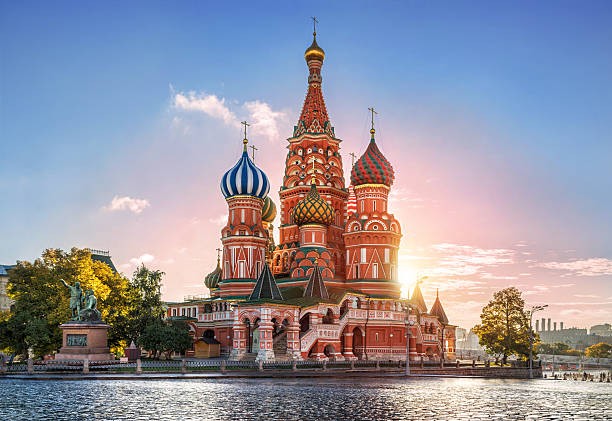 |
| Russia will seek to increase the share of payments in currencies of BRICS member countries. (Source: Istock) |
In July 2024, the Russian Federation's foreign financial assets increased by $4.7 billion.
Data from Russia's central bank shows the country has seen its foreign financial assets surge by $44.6 billion so far this year, more than double the $21.4 billion increase recorded in the same period in 2023.
Close allies "turn their backs"
The surge in foreign financial assets was largely due to “delays in payments for overseas operations” and accumulated overseas payments as “international payment chains become more complex,” the bank explained.
In December 2023, President Joe Biden issued an executive order imposing secondary sanctions on foreign banks that do business with Russia, allowing the US Treasury to cut them off from the global financial system led by the US dollar.
That move has pushed international banks to close their doors to Russian businesses or severely limit the amount of financing they provide — even from the country's closest allies.
India, a major buyer of Moscow’s oil, has turned away several tankers from its shores this year because of payment disputes between Moscow suppliers and New Delhi refiners, traders told Reuters .
The United Arab Emirates (UAE), another major Russian oil customer, has cracked down on the shadow fleet, barring some tankers from docking at its ports, according to shipping data cited by Bloomberg .
And China – one of Russia's biggest economic partners – now has most of its banks refusing to accept payments from the Kremlin.
Of course, Moscow still has some allies willing to trade and do business.
The country is also pursuing alternative payment methods, such as cryptocurrencies, to keep business running.
Most recently, Russia and India are considering the idea of a Rupee - Ruble exchange rate to start direct trading in the two currencies.
In June 2024, President Putin said the country would seek to increase the share of payments in currencies of BRICS member countries.
"BRICS countries are working to establish an independent payment system that is free from political pressure, fraud and external sanctions," he stressed.
Russia's president has detailed plans for a major overhaul of the country's financial markets, including doubling the value of the stock market by the end of the decade, reducing imports and increasing investment in fixed assets.
Is the economy worried?
Analysts say Russia's increasing isolation from global markets could have major consequences for its economic future.
Moscow's weakening energy trade and "isolation" in financial markets will impact the economy by 2025, an economist at the University of California told Business Insider .
The Central Bank of Russia has raised its key interest rate to 18% from July 2024, the highest level since an emergency rate hike in February 2022 to 20%.
Governor Elvira Nabiullina admitted the economy was showing signs of "overheating" and pointed to difficulties in international payments and the impact of Western sanctions as other factors driving inflation.
However, it is undeniable that the figures are proving that the Russian economy is "as strong as steel". Despite a series of Western sanctions since March 2022, the country's economic growth has still surprised experts.
On August 9, 2024, the Rosstat statistics agency announced that Russia's gross domestic product (GDP) increased by 4% in the second quarter of 2024 and is forecast to increase by 3.2% for the whole year of 2024.
Meanwhile, the International Monetary Fund (IMF) forecasts that Russia's GDP will grow 3.2% in 2024, surpassing the US's 2.7%.
Source: https://baoquocte.vn/dong-minh-than-can-nga-lo-bi-my-trung-phat-hang-ty-usd-cua-doanh-nghiep-lenh-denh-o-nuoc-ngoai-282783.html








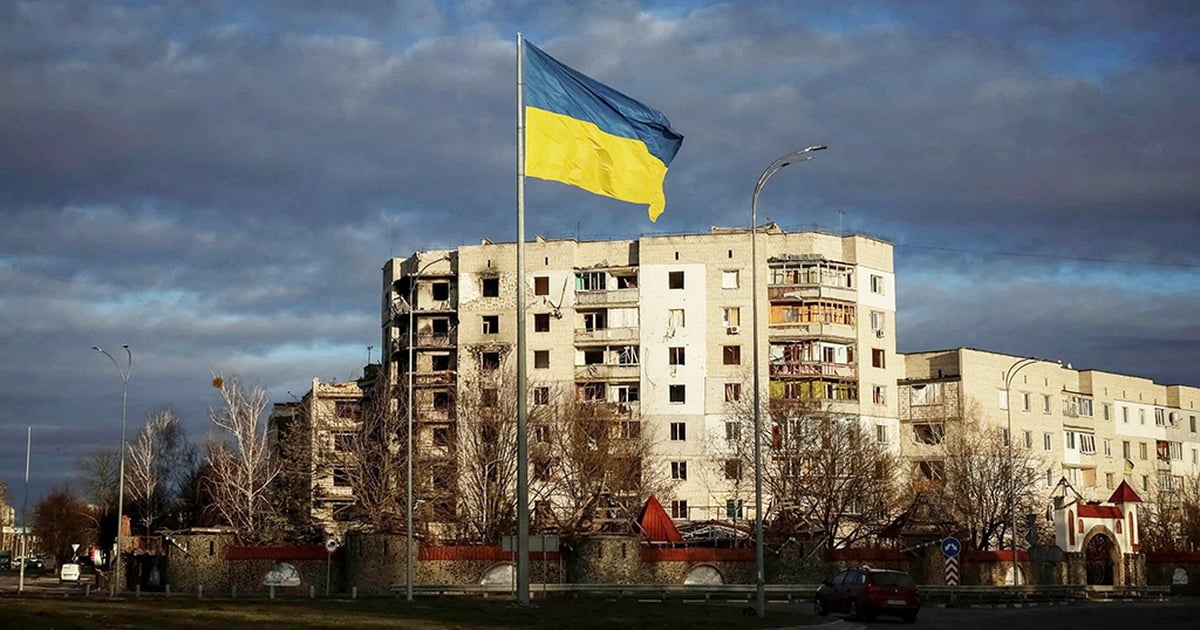

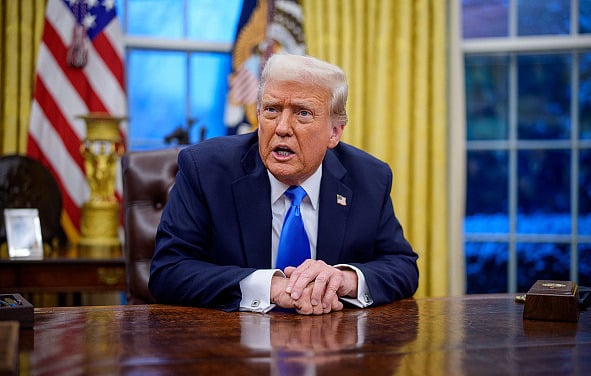

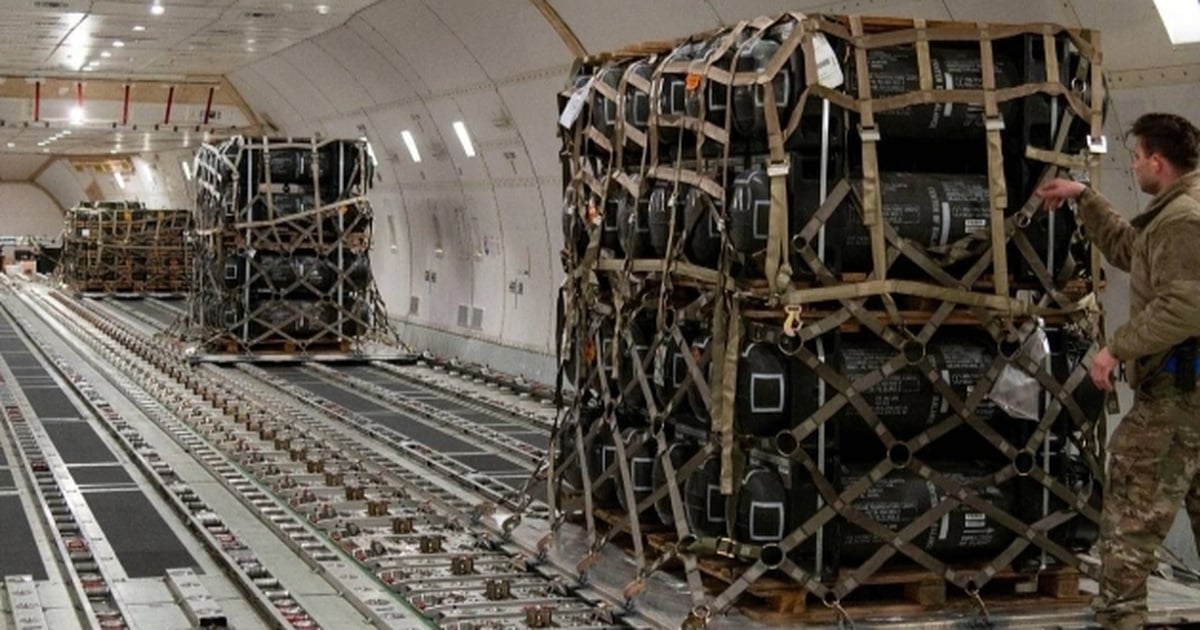

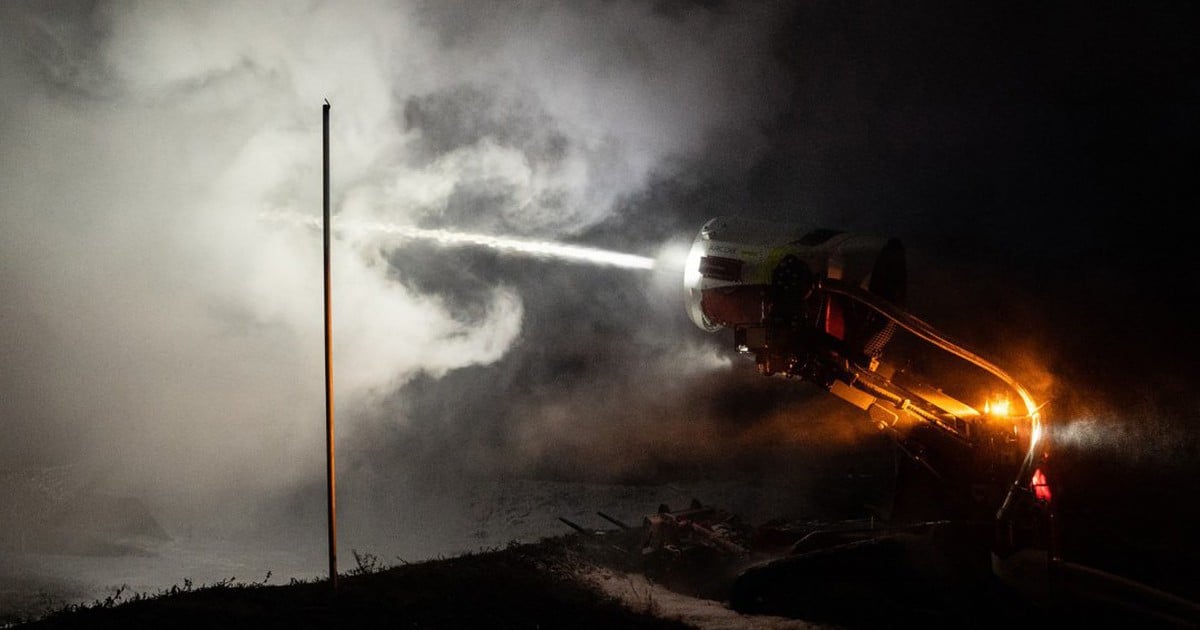
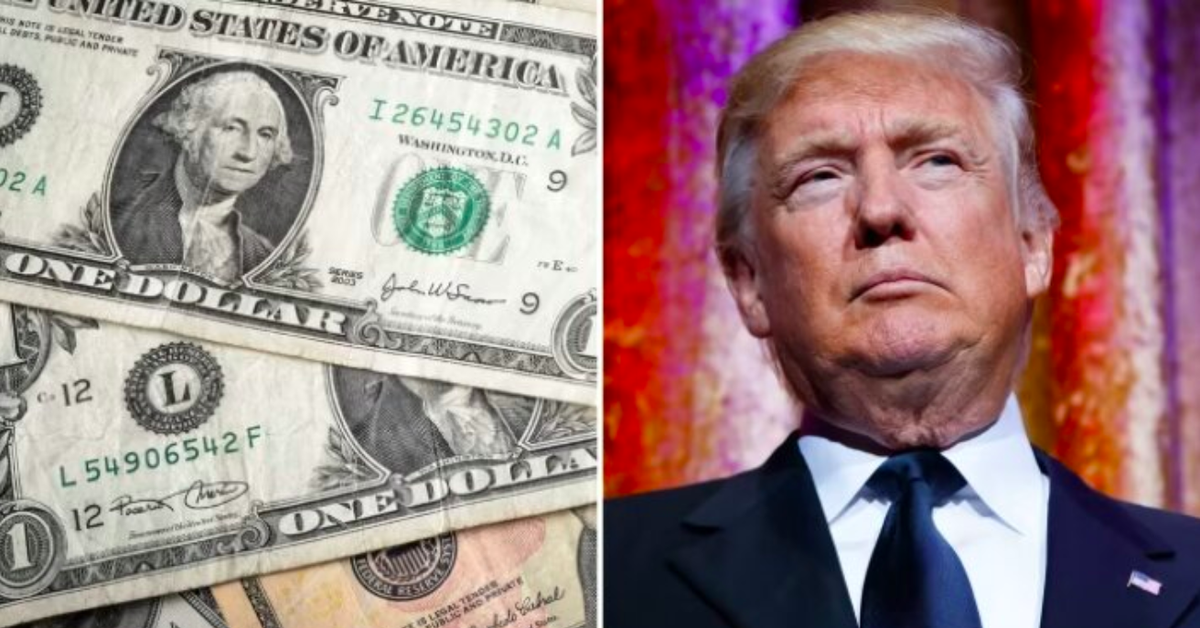

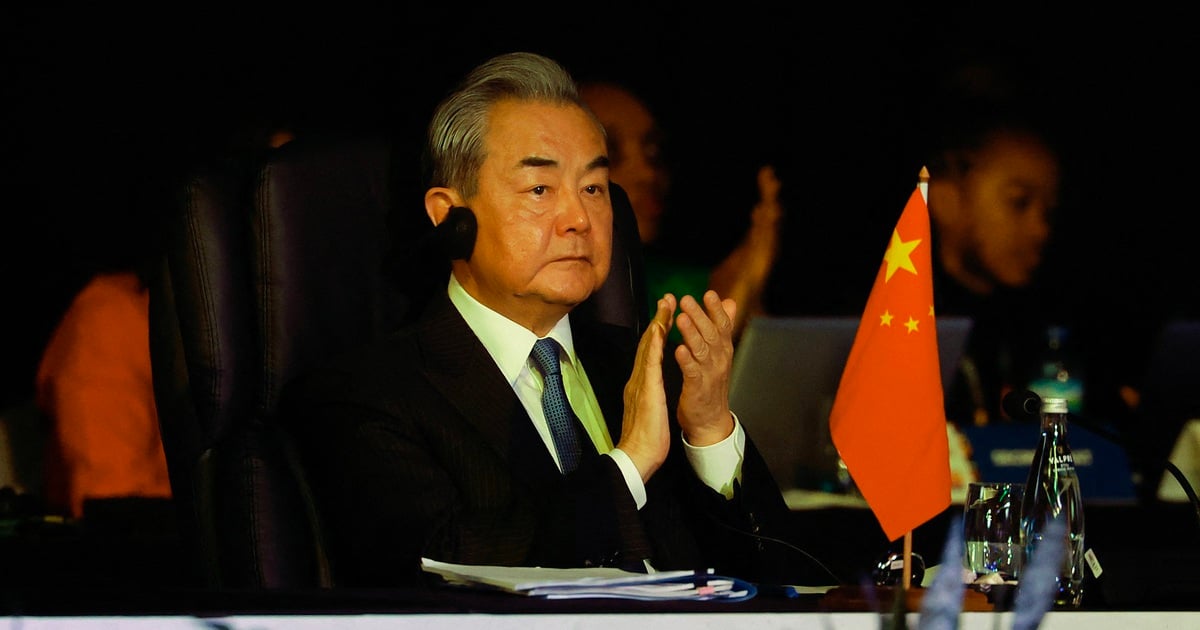


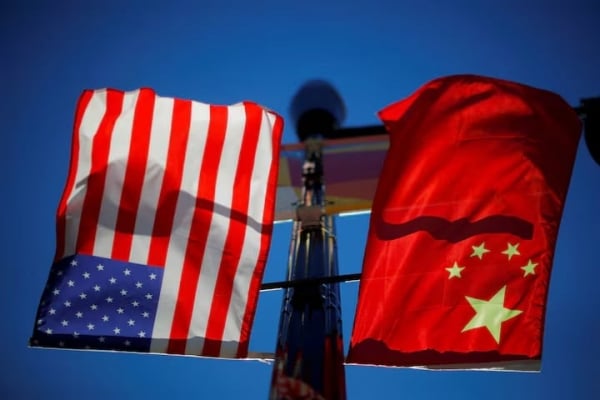
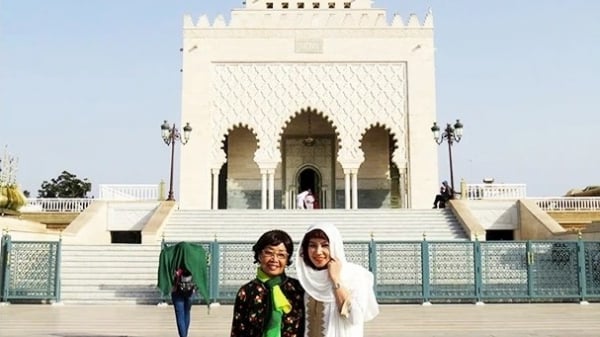

















Comment (0)